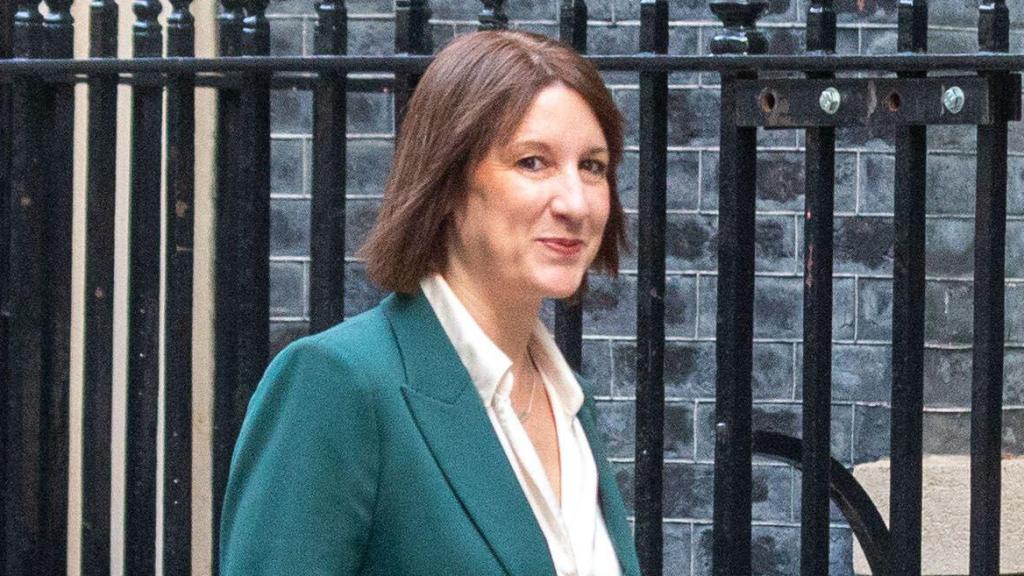Rachel Reeves Announces Debt Rule Changes to Unlock £50 Billion for Investment
The Chancellor of the Exchequer has announced a new “investment” debt rule that will be introduced during her inaugural budget on October 30. This change is expected to release more than £50 billion in borrowing capacity, enabling funding for long-term capital projects.
Despite this significant adjustment, Rachel Reeves aims to secure tens of billions of pounds in fiscal headroom in the budget to reassure financial markets that the government will not engage in borrowing to support tax reductions after the fiscal rules are revised.
On Thursday, speculation surrounding the debt rule change led to a slight increase in government borrowing costs. Investors expressed concerns that an uptick in Treasury debt issuance could diminish the value of gilts. Consequently, the yield on benchmark ten-year bonds rose by a modest 1 basis point to 4.21 percent, while the pound strengthened by 0.3 percent against the dollar, reaching $1.29.
At the International Monetary Fund (IMF) annual meeting, Reeves stated, “I can confirm that we will be changing the way we measure debt in the budget statement next week. We will ensure that debt declines as a share of our economy during this parliament, but the adjustments we make to the investment rule will release funds for initiatives that yield long-term benefits for our country and taxpayers.”
The Treasury indicated that the Chancellor’s new fiscal rule will focus on public sector net financial liabilities as a ratio of GDP, a shift projected to free up £53 billion according to the Institute for Fiscal Studies’ estimates. The existing rule mandates the government to lower public sector debt by the fifth year of forecasts from the Office for Budget Responsibility.
Reeves emphasized that the new rule would come with strict “guardrails”, ensuring that the additional borrowing would not be aimed at financing public sector pay settlements or the routine operations of government. She clarified that she would “not be utilizing all available headroom,” maintaining a “substantial” fiscal buffer to keep debt on a downward trajectory over the next five years and to maintain investor confidence. Analysts have suggested that the government may borrow up to £25 billion while keeping over £30 billion in headroom.
A “stability rule” will also be imposed, mandating that day-to-day spending aligns with revenues over the upcoming five-year parliamentary term. “I hope that markets will recognize the stringent rule that imposes real constraints on spending. This investment is not intended for daily expenditures or tax reductions,” Reeves asserted.
This policy adjustment will allow the government to borrow for investment purposes, including clean energy initiatives, educational advancements, and infrastructure development.
Sanjay Raja, the chief UK economist at Deutsche Bank, noted that UK bond yields are “underperforming” compared to counterparts in Germany and the US as the market absorbs the news regarding the debt modification.
Jack Meaning, Barclays’ UK chief economist, observed that the market response to the announcement of the transition to a debt rule based on the public sector net financial liabilities has been relatively subdued.
Reeves noted that the IMF has embraced the change, recommending that the government maintain investment spending levels while striving for balance in its finances. The Chancellor plans to communicate her strategies to Kristalina Georgieva, the IMF managing director, later on Thursday.
Reeves has expressed her intention to reverse the trend of declining investment spending, as current projections indicate a drop from 2.5 percent of GDP to 1.7 percent in the next five years under the current Conservative spending framework.
“Continuing on this trajectory would lead us toward a path of decline,” Reeves warned. “The prevailing debate in British politics now revolves around whether one supports investment or decline. I am determined to prevent a decrease in public sector net investment as a share of our economy from occurring as currently planned. Under existing fiscal rules, reversing this trend would not be feasible.”




Post Comment